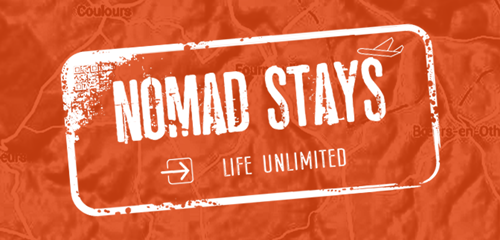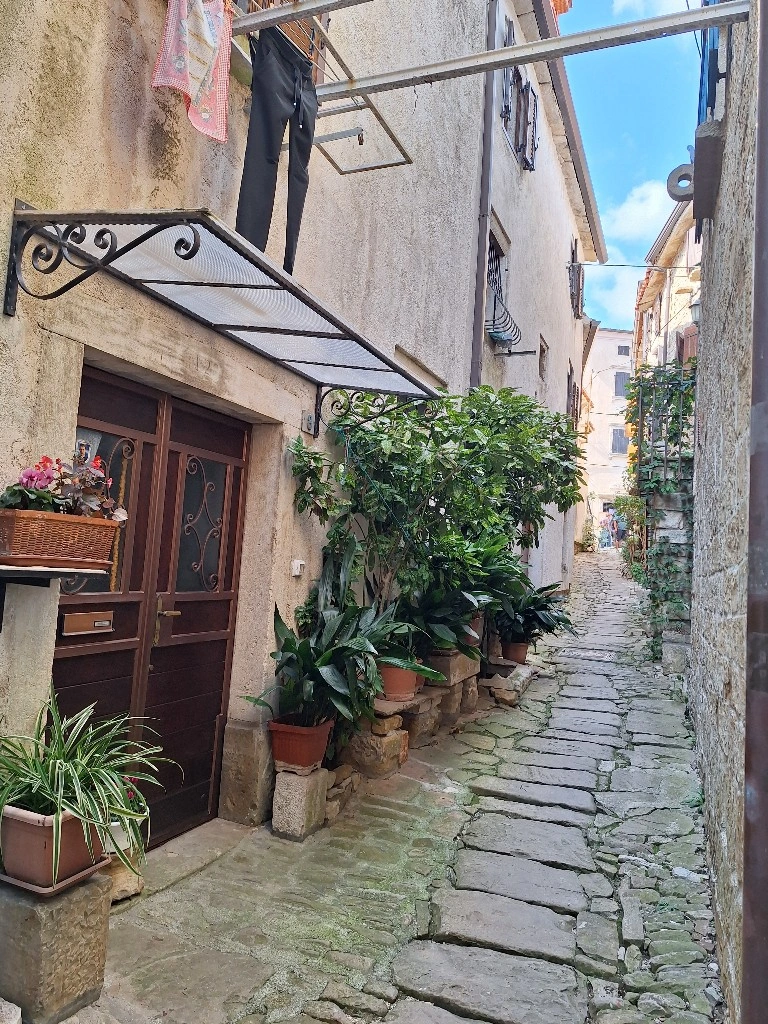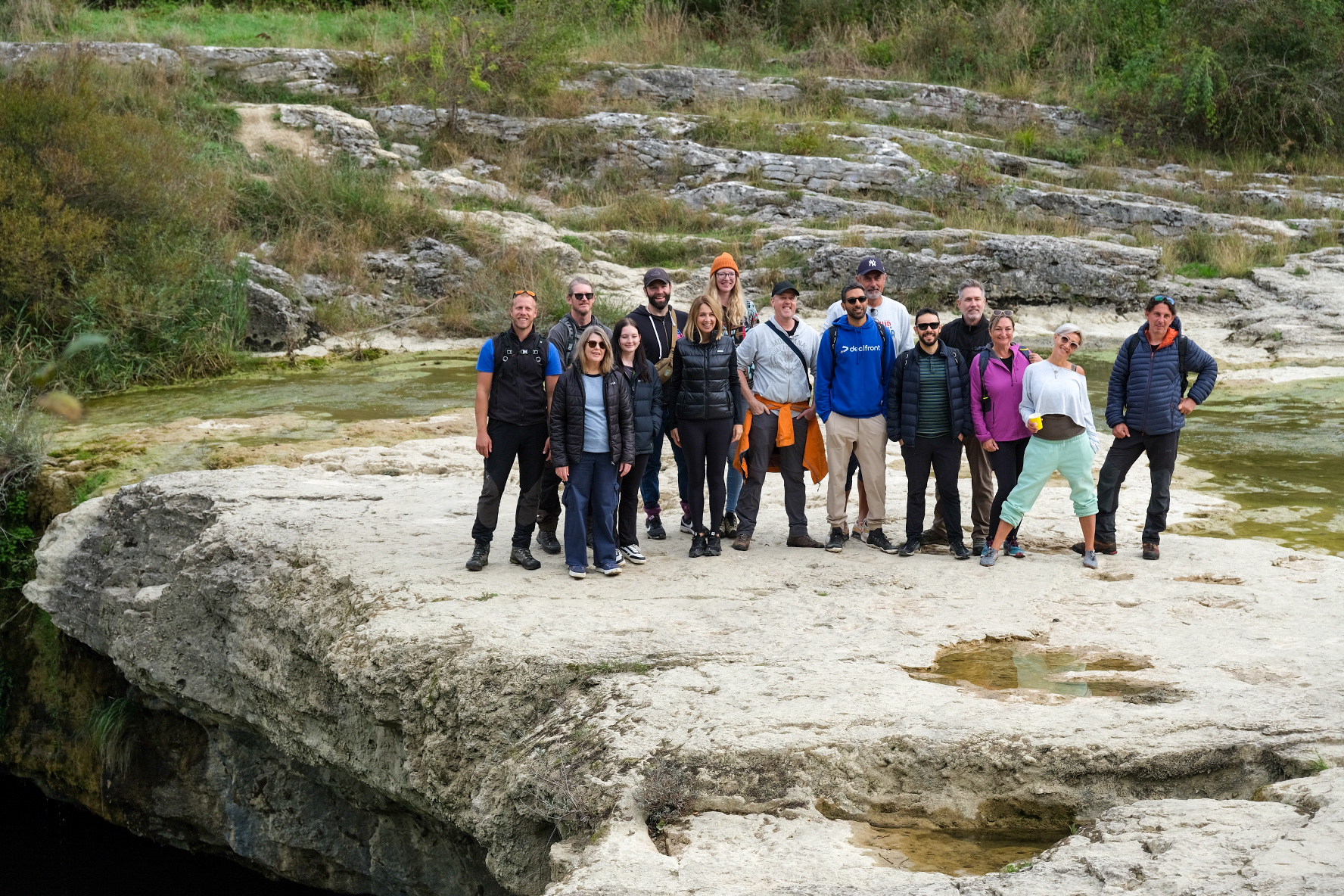Where to next? Look no further than Istria, Croatia
Where to next? Look no further than Istria, Croatia
Croatia is no longer hidden gem on tourist market. Croats say that when the God was dividing world to different nations, Croats were late (only 15 academic minutes, mind you 😊) and all the world was already divided. Taken pity on these kind, slightly belated nation God decided to give them a piece of the world that he saved for himself. Known mostly for its mesmerizing coastline, ancient walled cities, magical waterfalls and numerous islands, the world is now irreversibly drawn to this piece of heaven on Earth.
 The area of Croatia has been inhabited since pre-historic times and because of its strategic position, and natural resources was desired by many. Throughout history numerous civilisations came and went, leaving their traces in local art, architecture, food, music, language and culture.
The area of Croatia has been inhabited since pre-historic times and because of its strategic position, and natural resources was desired by many. Throughout history numerous civilisations came and went, leaving their traces in local art, architecture, food, music, language and culture.
Turbulent history was often not kind to locals, but it resulted in most intriguing combinations.
Food is mixture of Hungarian goulashes and sausages, Turkish meatballs and stuffed vegetable, Austrian cakes, Italian pastas but all with authentic Croatian interpretation twist.
There are places where in one tiny street you can see over 2000 year of European architectural history still standing side by side. From Roman theatre, over Italian gothic villa, next to Austro- Hungarian baroque noble house and across the street modern brutalism and communist monuments.
Learning Croatian with all its dialect is impossible feature even for Croats. Coastline would use a lot of Italian originated words, while continental part would have mixture of German, Hungarian and Turkish originated words but, just as with food, with authentic Croatian interpretation twist.
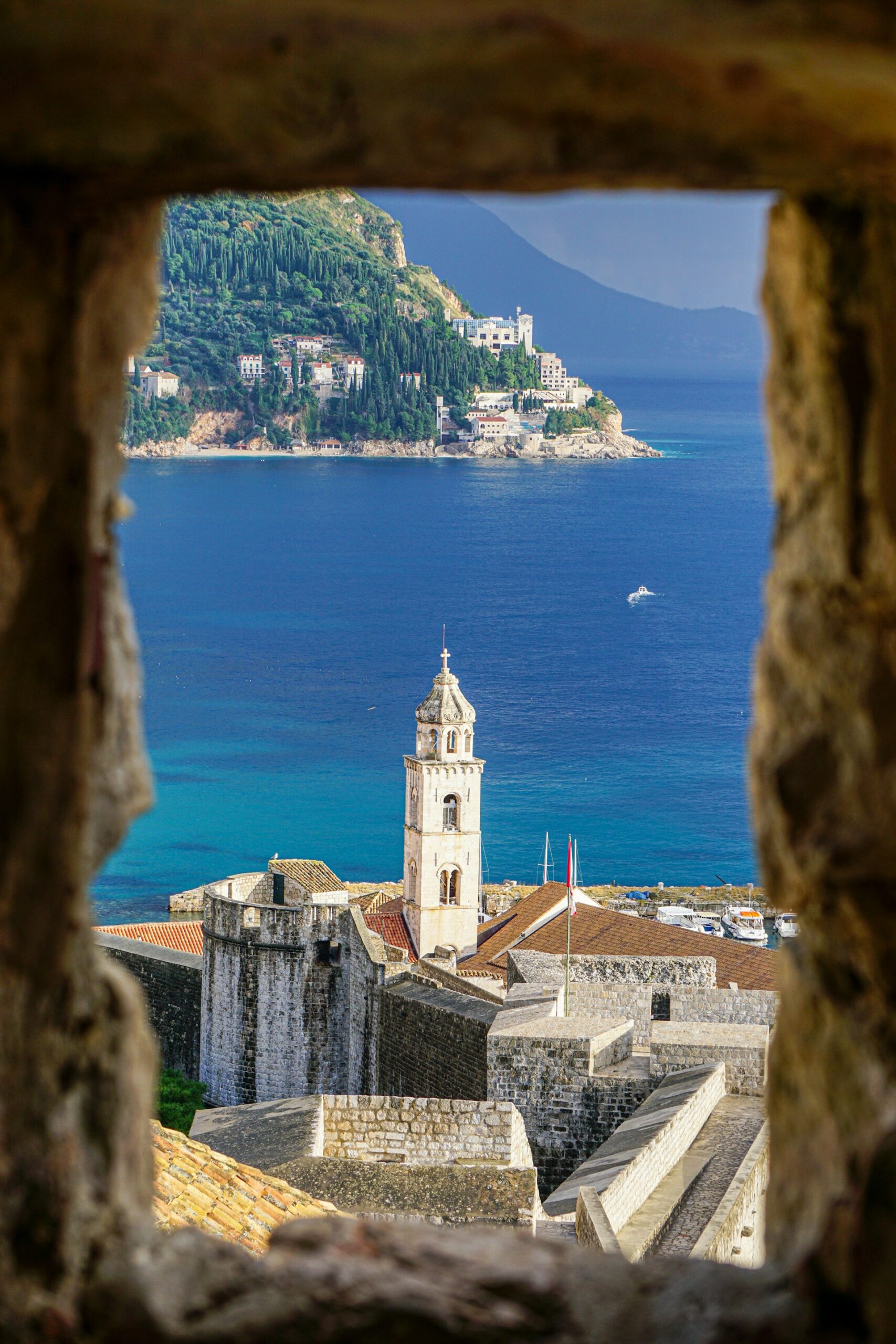
For such a small country with less than 4 million people, there is surprisingly a lot to see and experience. By now everybody flocks to places like Dubrovnik, Split, Plitvice lakes, island of Hvar and capital Zagreb but little do most people realise the gems of Istria are simply magical. If you want to get away from crowds and experience something different come to Istria.
Istria is peninsula in north Croatia full of beautiful landscapes, charming hilltop old towns, ancient monuments, legends of mystical creatures, burdened with thousands of years long history, and packed with unexpected adventures.
The best part is that all of below listed options are compressed within maximum 1 hour of driving in any direction.
Things to see on the seaside:

Poreč
Main site is UNESCO’s World Heritage List 6th century Euphrasian Basilica with one of the best preserved example of early Byzantine architecture and mosaics situated in very charming old town full of historical monuments from its more than 2000 years old history.
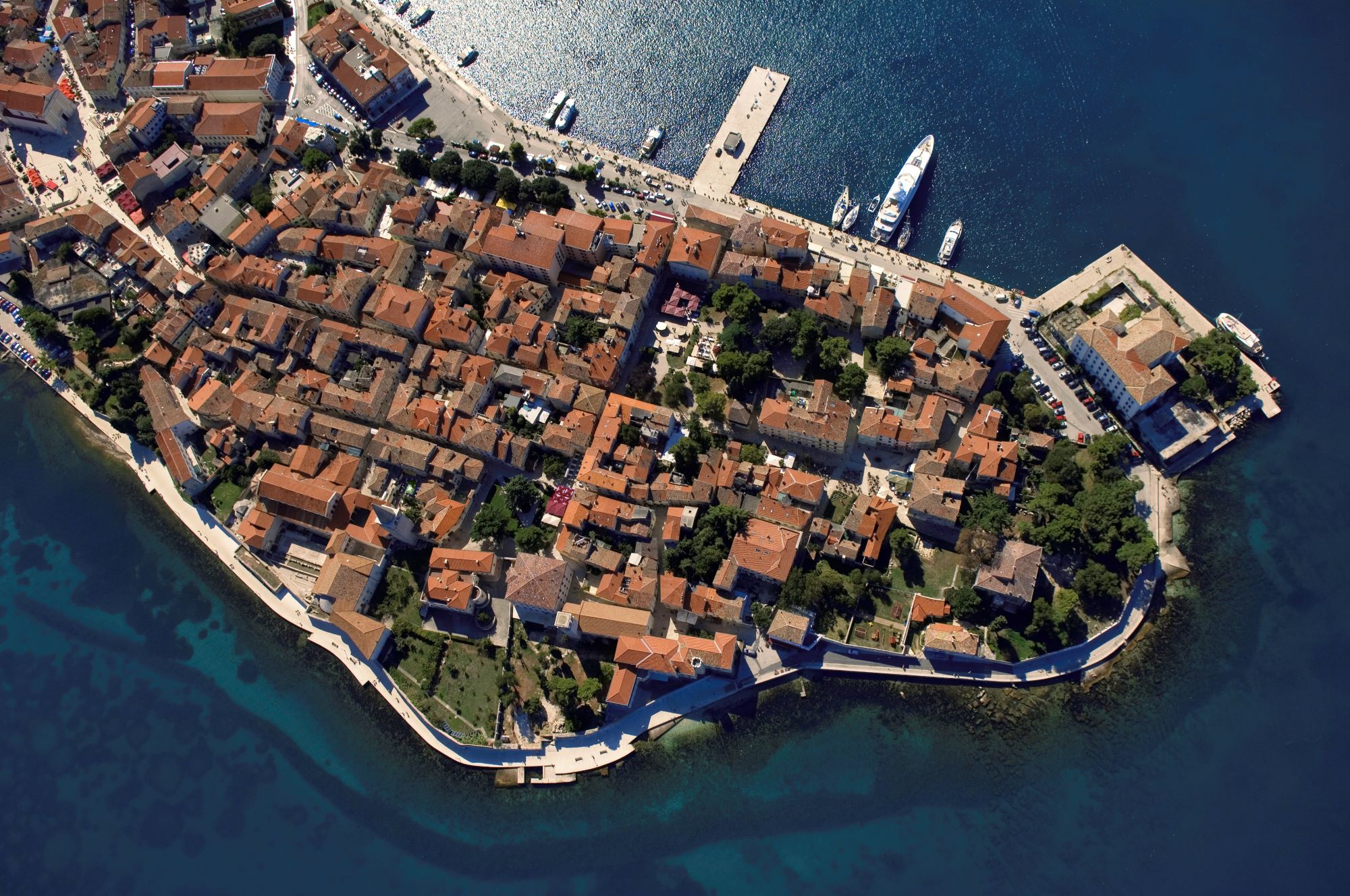 Off the beaten track in Poreč area:
Off the beaten track in Poreč area:
Little St. Anđeo’s Megalithic Circle also known as “Istrian Stonehenge”- monument dating back to Bronze age settlement (app 1000-2000 BC) and on nearby Picugi hills are a part of Histra’s legacy, with the oldest remains dating back 3,000 years. This historical area today provides scenic hiking trails.
-Parenzana biking trail- with over 120 km cycling route that runs from Muggia, Italy to Poreč , the trail follows the route of what used to be a steam train railway that operated shortly between 1902 and 1935. One of the most scenic biking trails in Croatia incorporates old railway tunnels and bridges that were used by trains when the line was still functioning.
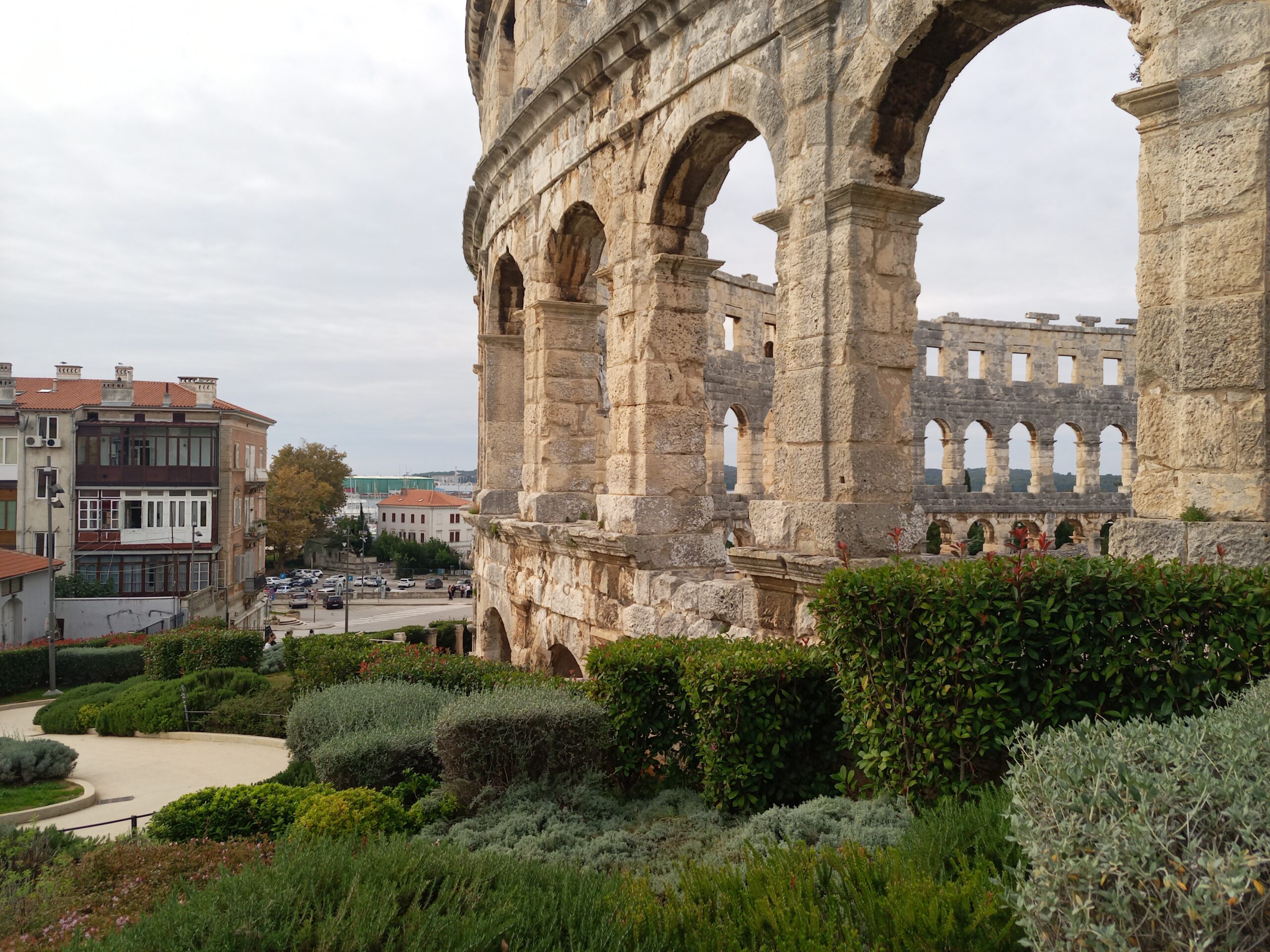
Pula
– Main site- Pula arena- Roman amphitheatre from 1st century, 6th largest Roman amphitheatre in the world and one of the best preserved.
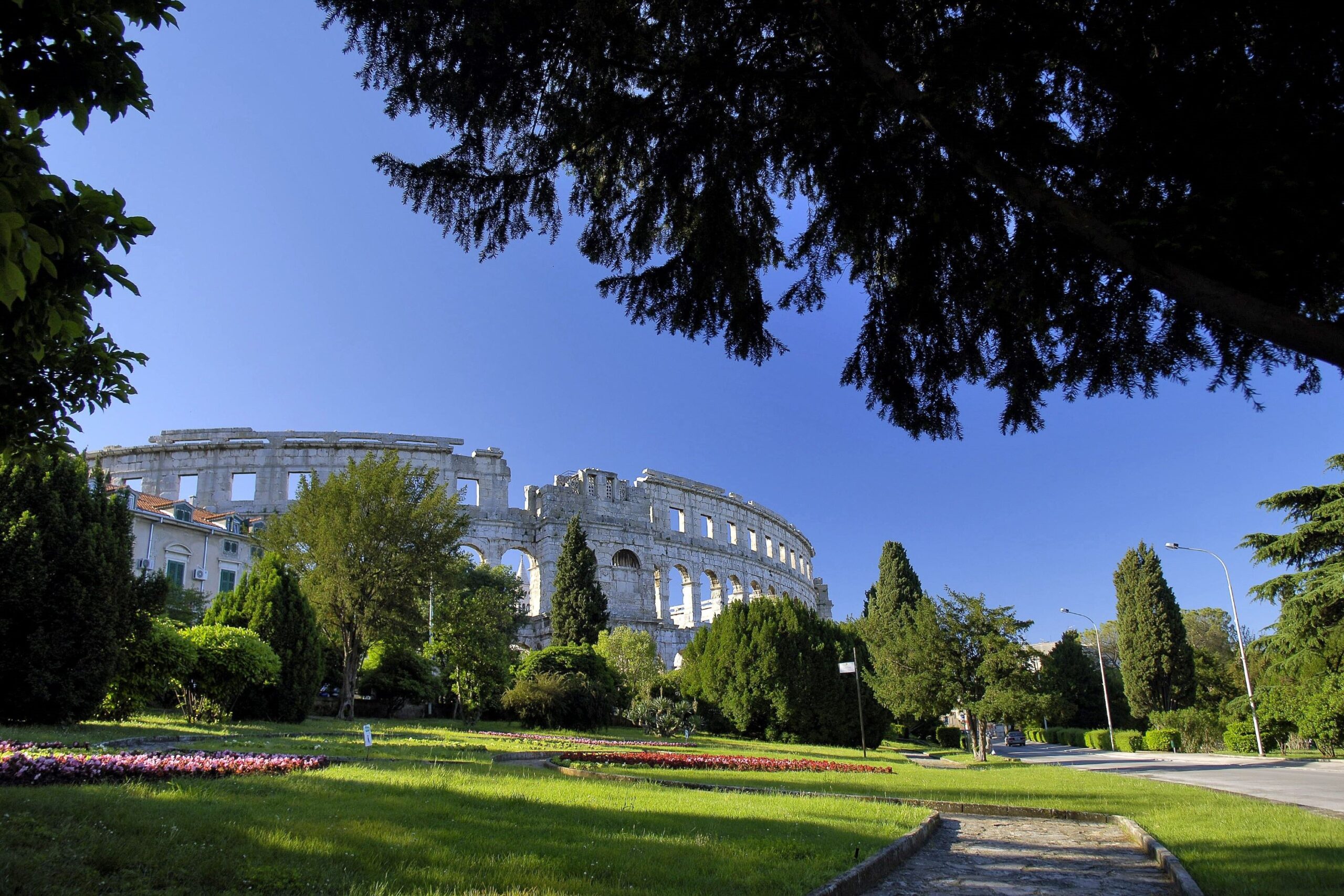 Off the beaten track in Pula:
Off the beaten track in Pula:
Underground tunnels – Zerostrasse-Pula used to be main military port and an important military–strategic centrepiece of the Austro-Hungarian Monarchy. They built underground tunnels during the WW1 to provide a shelter for people in case of air raids. The underground tunnel system consisted of shelters, trenches, galleries and passages, as well as ammunition storages and communication passages. Whole system stretches for kilometres under the whole city and one part of it is now open to public.
Pula Market- housed in a historic building with a distinctive architectural style. Impressive creation of metal and glass and planted rows of chestnut trees to provide shade, where indoor and outdoor stalls were you can find a colourful stalls with vendors selling locally produced meat, fish, fresh fruit, vegetables, honeys, wines and oils.
Rovinj
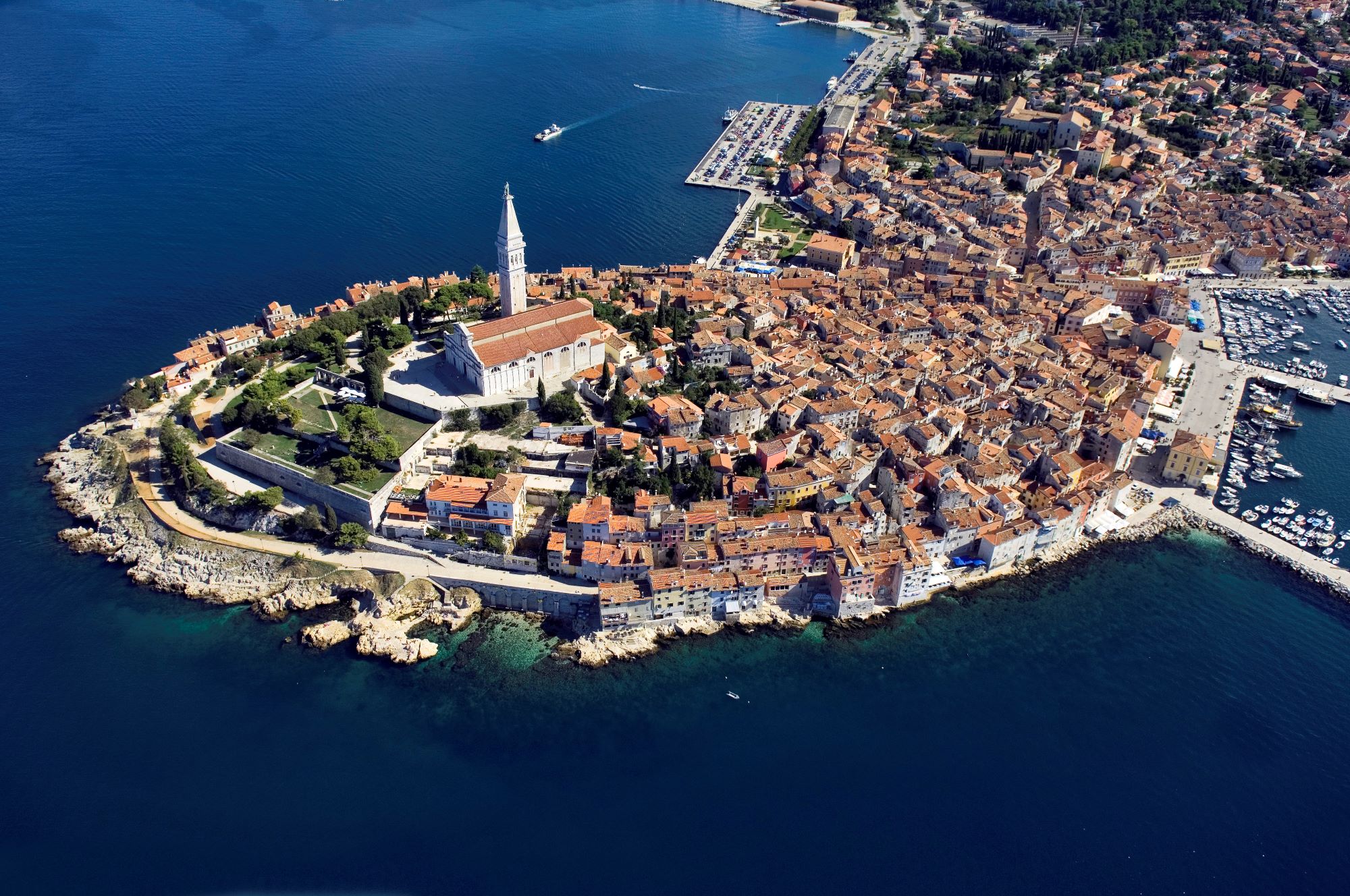 Main site-old town of Rovinj- Once the island, today a peninsula on which is built a small fishing town surrounded by walls. This charming medieval old town is full of narrow stone alleys and stairways worn from use over the centuries, from doors that open onto squares surrounded by small and colourful houses. It is one inviting labyrinth where losing yourself is good.
Main site-old town of Rovinj- Once the island, today a peninsula on which is built a small fishing town surrounded by walls. This charming medieval old town is full of narrow stone alleys and stairways worn from use over the centuries, from doors that open onto squares surrounded by small and colourful houses. It is one inviting labyrinth where losing yourself is good.
Off the beaten track in Rovinj area:
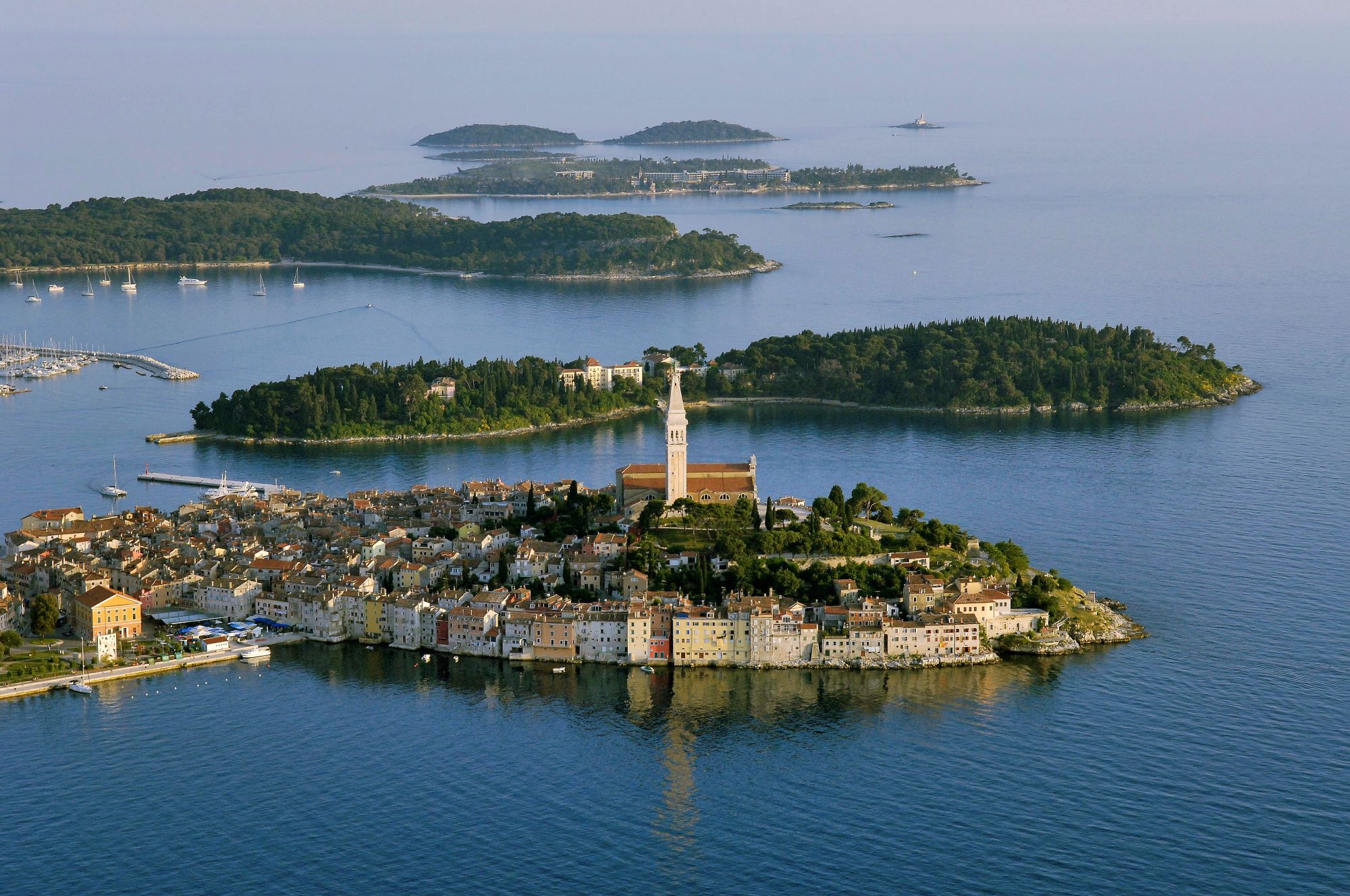 Lim channel-this 12 kilometres long fjord like canyon will amaze you with its natural beauty. This deep sea channel cuts inland with steeply sloping wooded sides and caves cutting into the limestone cliffs. Due to the purity of the water, the channel is protected Marine Reserve. It is known for the mussels and oysters that are farmed here. Great place to try some very fresh seafood. Even if the oysters are available all year long, they are best enjoyed in winter and late spring.
Lim channel-this 12 kilometres long fjord like canyon will amaze you with its natural beauty. This deep sea channel cuts inland with steeply sloping wooded sides and caves cutting into the limestone cliffs. Due to the purity of the water, the channel is protected Marine Reserve. It is known for the mussels and oysters that are farmed here. Great place to try some very fresh seafood. Even if the oysters are available all year long, they are best enjoyed in winter and late spring.
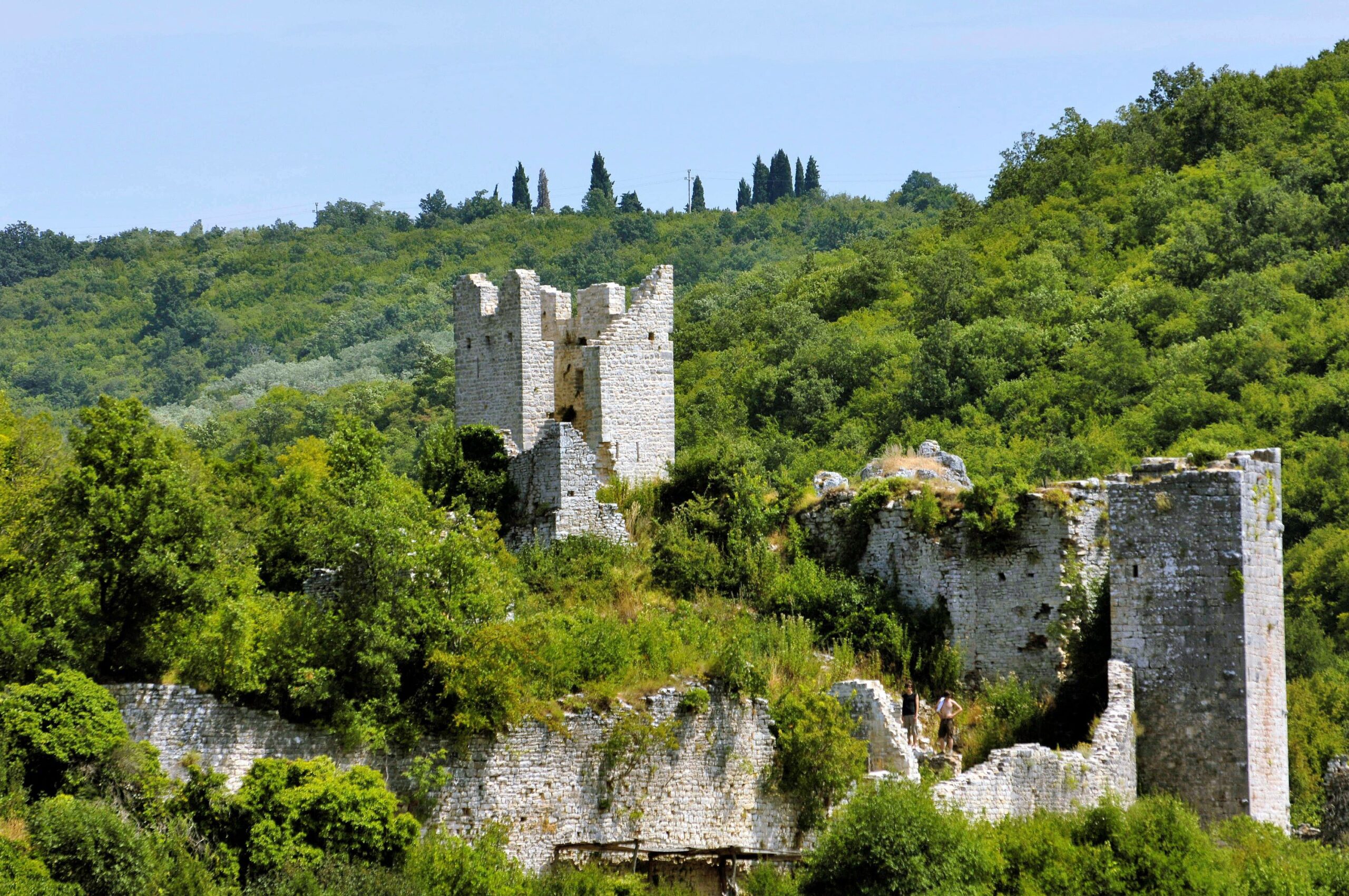 Dvigrad- a fairytale ruins of once magnificent medieval town that was abandoned and left in his own doom. It hides a legend of captain Henry Morgan a notorious pirate of the Caribbean who apparently decided to hide his treasure there. Although there is no historical evidence to support this legend nearby there is still a village now known under the name of M(o)rgani where it is said that captain Morgan found his new home.
Dvigrad- a fairytale ruins of once magnificent medieval town that was abandoned and left in his own doom. It hides a legend of captain Henry Morgan a notorious pirate of the Caribbean who apparently decided to hide his treasure there. Although there is no historical evidence to support this legend nearby there is still a village now known under the name of M(o)rgani where it is said that captain Morgan found his new home.
Things to see on the inland:
Motovun
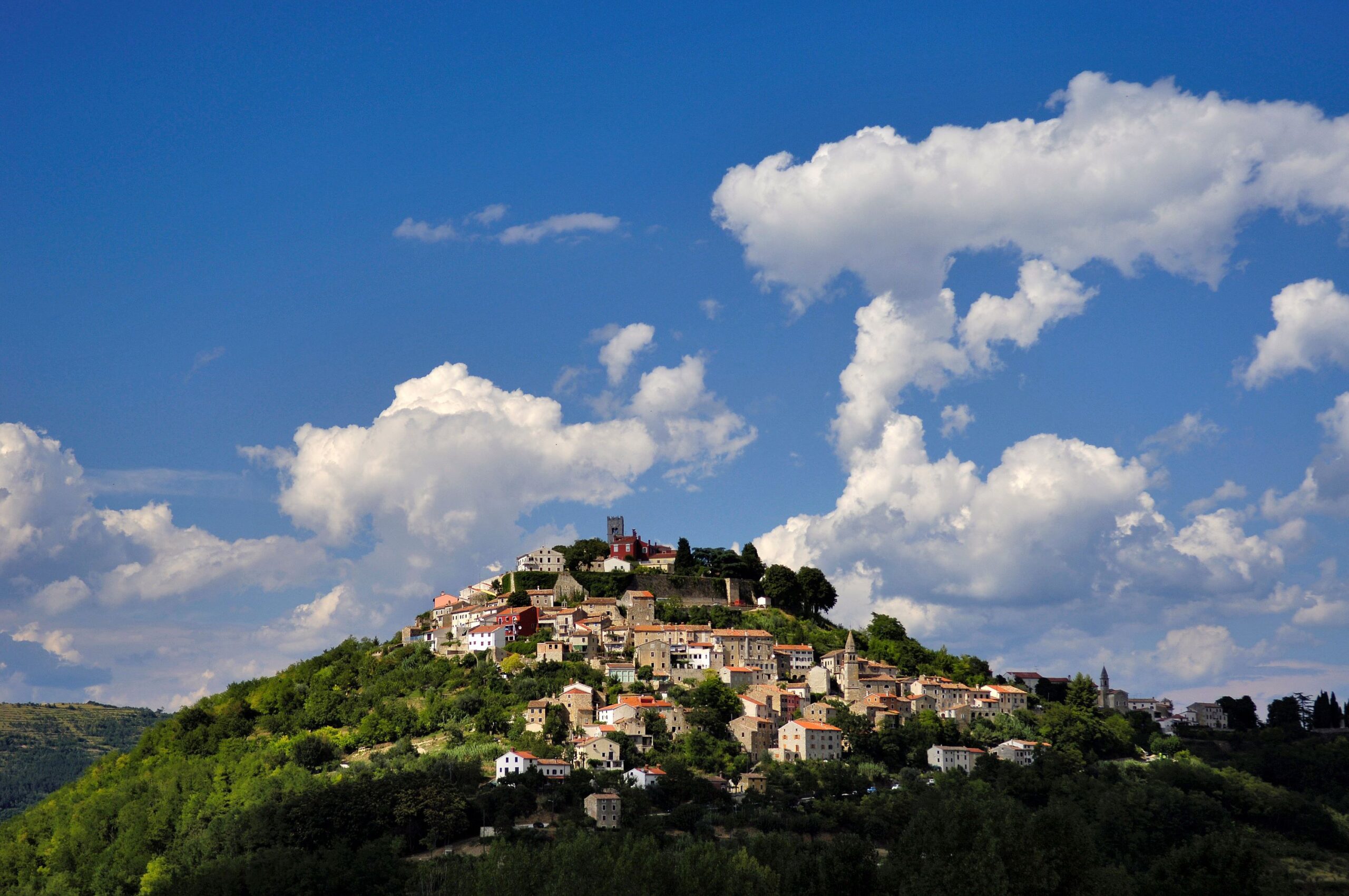 Main site-charming medieval old town built between the 14th and 17th centuries situated on the hilltop with unique views over the four corners of Istria. Legend has it that it is one of Istrian town built by giants who inhabited Istria before the arrival of humankind. Today it is beautiful walled city where you can still see influence of elegant Italian architecture as it was for long centuries stronghold and important city for Venetian Republic. Motovun is one of the cities on above mention Parenzana route.
Main site-charming medieval old town built between the 14th and 17th centuries situated on the hilltop with unique views over the four corners of Istria. Legend has it that it is one of Istrian town built by giants who inhabited Istria before the arrival of humankind. Today it is beautiful walled city where you can still see influence of elegant Italian architecture as it was for long centuries stronghold and important city for Venetian Republic. Motovun is one of the cities on above mention Parenzana route.
Off the beaten track in Motovun area:
Truffle hunting- this is a truffle region of Croatia. In 1999 not far from Motovun largest truffles ever found weighing 1.31 kg. The Guinness World Records at the time listed this truffle as the largest in the world. Today there are many truffle hunting and truffle tasting experiences you can participate in the region. Truffle is very peculiar mushroom that grows underground and can only be found by pigs in the past and today people would use dogs to find it.
Wine tasting – another thing inland Istria is known for is wines. There are numerous small wineries in the area surrounded by charming rolling hills of vineyards. Istria has a legacy of winemaking that is thousands of years old dating back to Roman empire times. If you are wine enthusiast this region will impress you with its diversity. Istria balances tradition and innovation, crafting wines that reflect its rich history and wide verity of microclimates and soil types that can be found in the region. The most famous varieties are Istrian Malvasia (white) and Teran (red)
Buzet
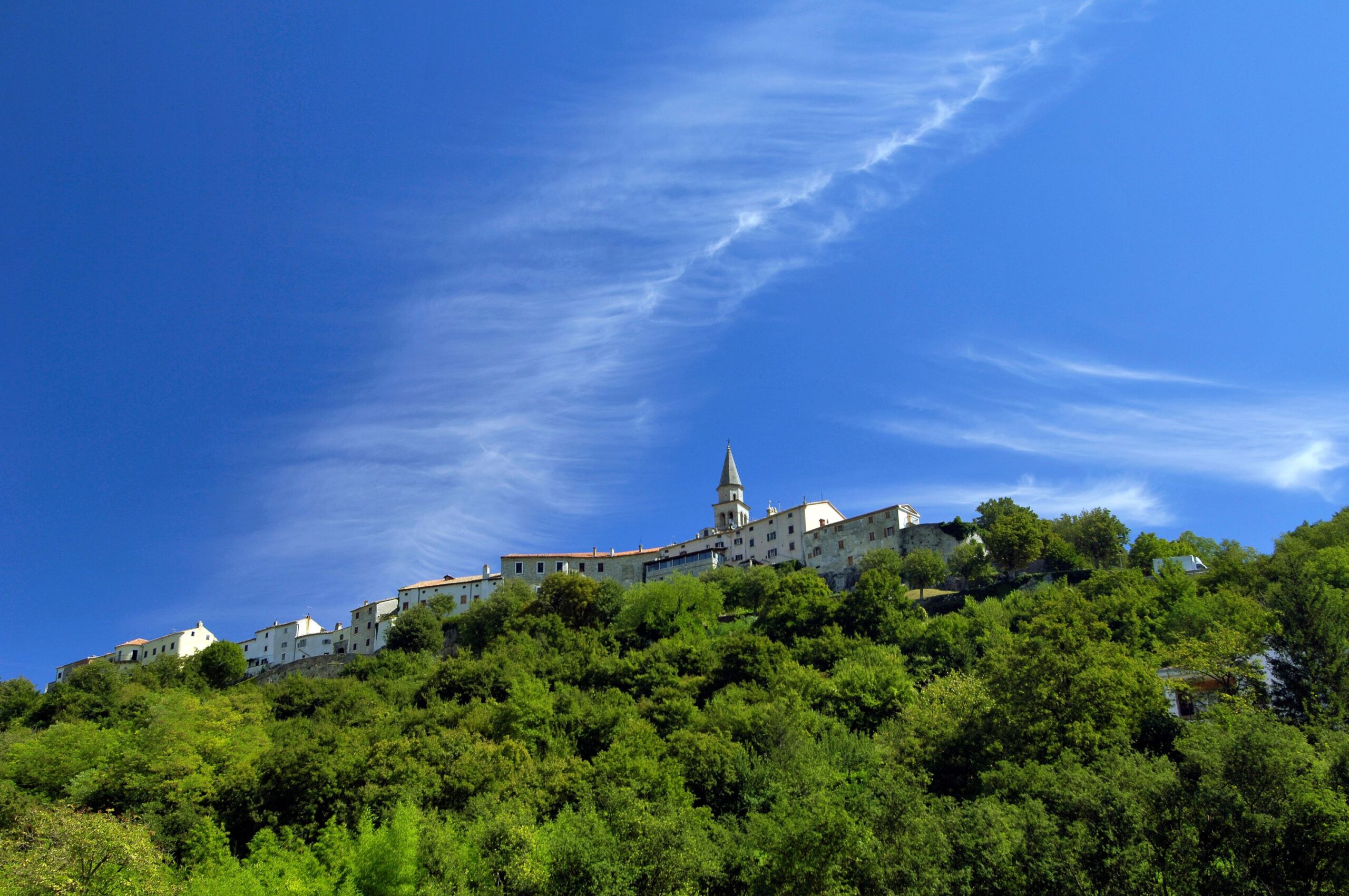 Main site-another charming small hill top old town completely off the beaten paths where you can enjoy its long history strolling in peace and taking time to have a coffee or chat with locals. It is also a headquarter of the most known distilleries in the region “Aura” that produces “Teranino”- local recipe liqueur based on fruit distillate, teran wine and ten spices, “Biska”-mistletoe schnaps- it is said that recipe originated from ancient Celtic druids, they also produce craft gins and many other unique products. Aura is a family owned distillery in Buzet and they will happily host you, let you experience their production process and off course taste their unique products.
Main site-another charming small hill top old town completely off the beaten paths where you can enjoy its long history strolling in peace and taking time to have a coffee or chat with locals. It is also a headquarter of the most known distilleries in the region “Aura” that produces “Teranino”- local recipe liqueur based on fruit distillate, teran wine and ten spices, “Biska”-mistletoe schnaps- it is said that recipe originated from ancient Celtic druids, they also produce craft gins and many other unique products. Aura is a family owned distillery in Buzet and they will happily host you, let you experience their production process and off course taste their unique products.
Off the beaten track in Buzet area:
7 Waterfalls Istria Hiking Trail-on of the most scenic hiking trails in Istria trail follows the flow of the Mirna River through the forest, pass seven different waterfalls reaching heights of up to 26.5 meters up to Kotli, a dreamy rural village known for its old watermills and natural pools.
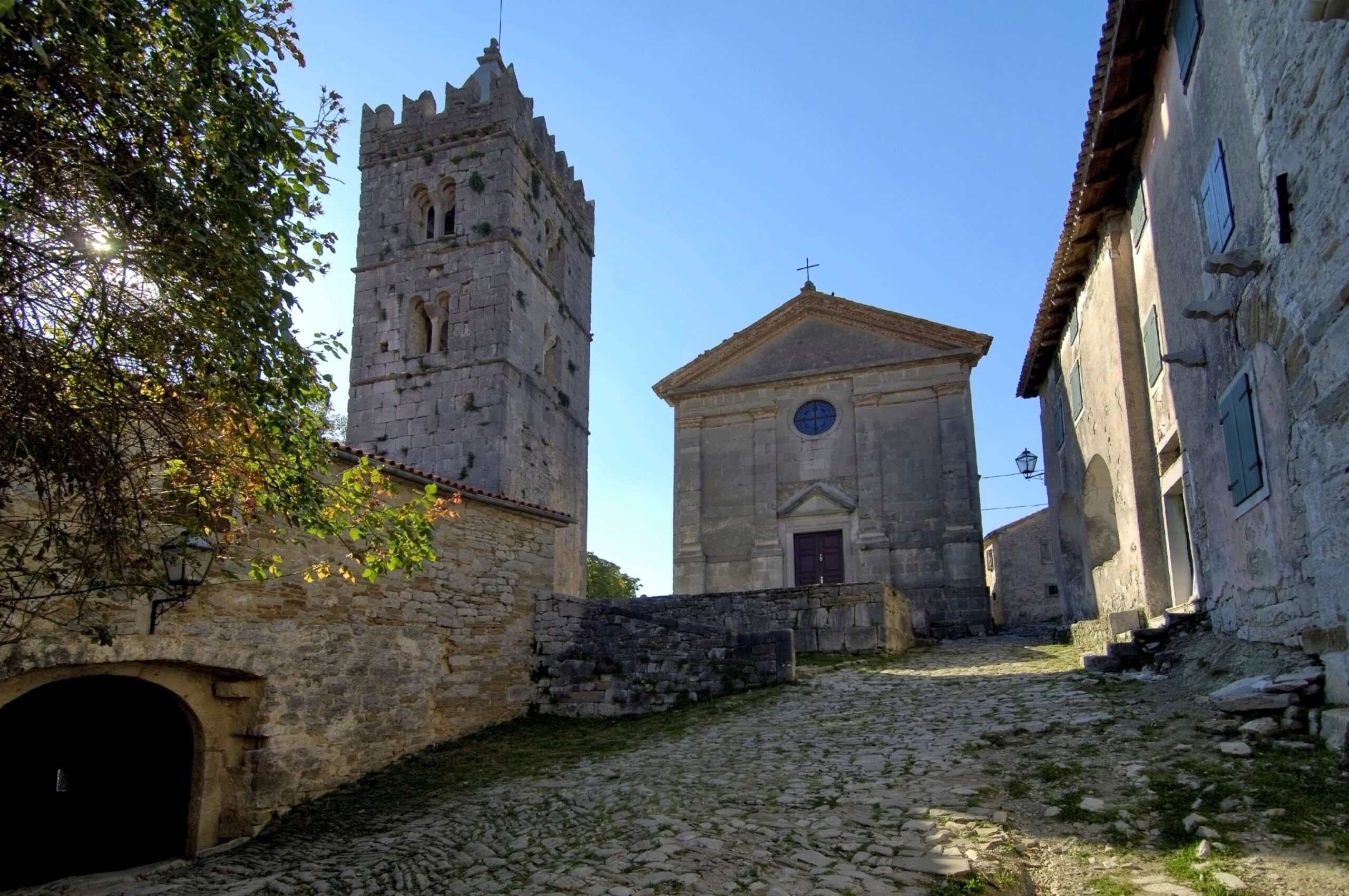 Hum- Known as smallest city in the world, this petite village has only 30 inhabitants and 2 streets. You remember how giants built, some cities in Istria from Motovun part? According to the same legend, once they built all the other cities they had some leftover stone so the built Hum. Despite its small size, city itself is also a monument of architecture and culture of the Middle Ages with rich and unique history. It also helps that it looks like place straight out of fairytale.
Hum- Known as smallest city in the world, this petite village has only 30 inhabitants and 2 streets. You remember how giants built, some cities in Istria from Motovun part? According to the same legend, once they built all the other cities they had some leftover stone so the built Hum. Despite its small size, city itself is also a monument of architecture and culture of the Middle Ages with rich and unique history. It also helps that it looks like place straight out of fairytale.
Labin
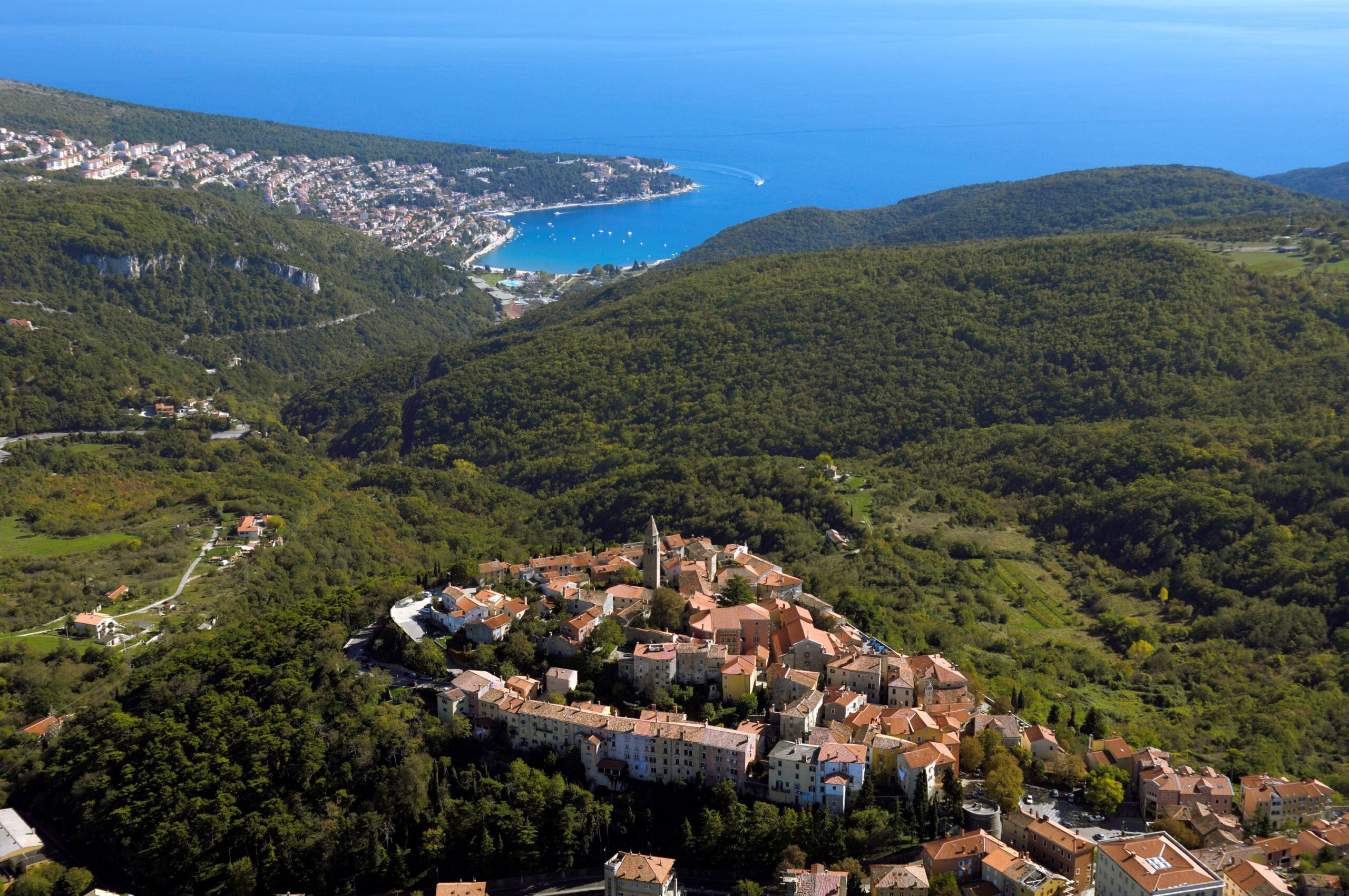 Main site- Beautiful little town with rich history, a wonderful mix of Croatian and Italian flair. Also fantastic are the excellent restaurants and cozy cafés that invite to enjoy excellent food and drinks. The town has developed into a popular cultural city over the last few years where you can also admire many small galleries. the history of Labin goes far back to the 4th century BC, when a first settlement had been established on the town hill. Once, coal was mined in Labin, which is illustrated in the City museum. The City Museum is located in the baroque palace and it is one of the most original museums in Croatia. This museum brings to life the rich mining history of Labin through a fascinating reconstruction of a mining setting in its cellars.
Main site- Beautiful little town with rich history, a wonderful mix of Croatian and Italian flair. Also fantastic are the excellent restaurants and cozy cafés that invite to enjoy excellent food and drinks. The town has developed into a popular cultural city over the last few years where you can also admire many small galleries. the history of Labin goes far back to the 4th century BC, when a first settlement had been established on the town hill. Once, coal was mined in Labin, which is illustrated in the City museum. The City Museum is located in the baroque palace and it is one of the most original museums in Croatia. This museum brings to life the rich mining history of Labin through a fascinating reconstruction of a mining setting in its cellars.
Off the beaten track in Labin area:
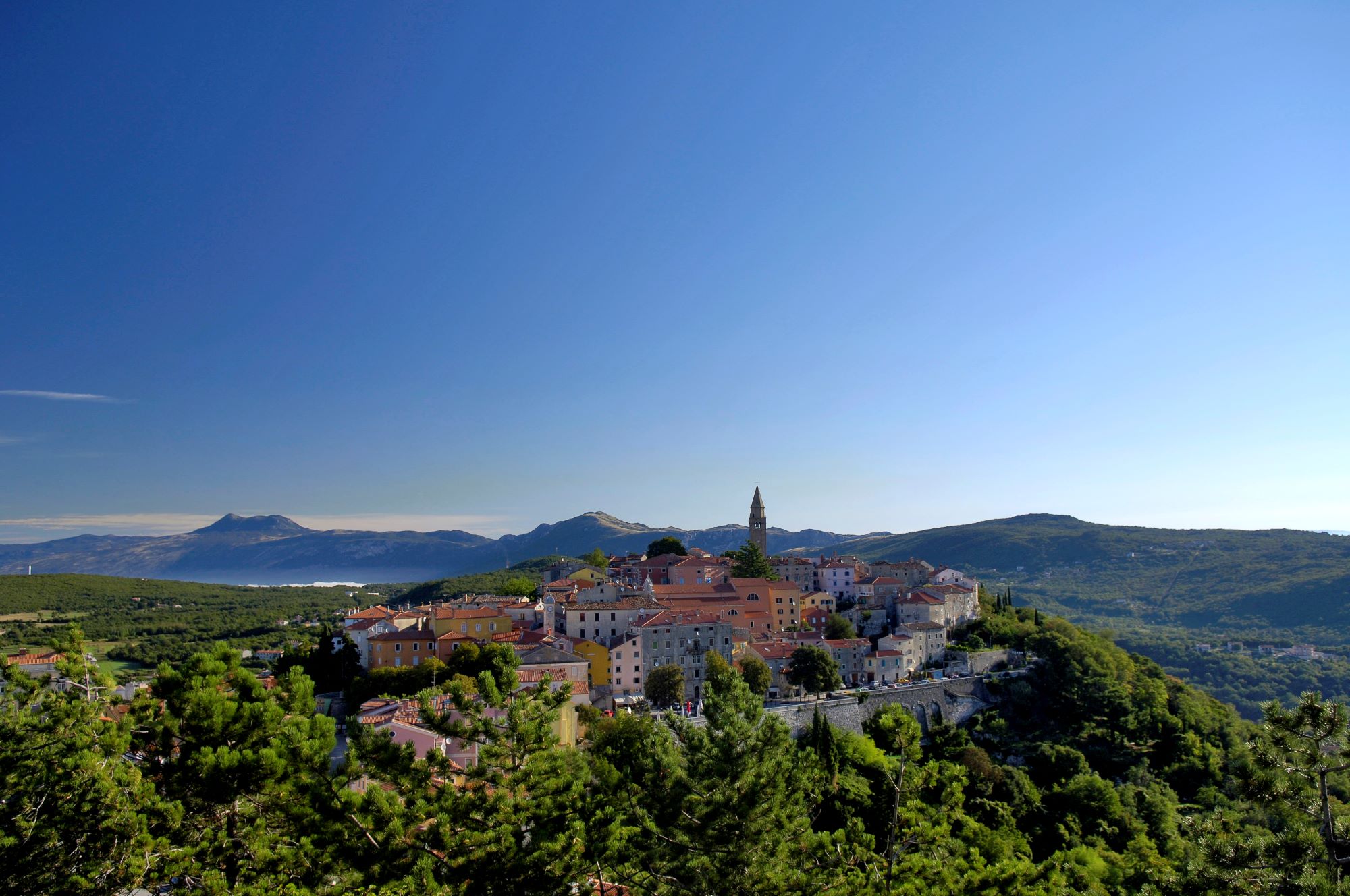 City of Raša-youngest city in Istria with very unusual story. Construction of the settlement began at the end of April 1936. And already in November 1937, most of the buildings were completed and inhabited, and the new municipality of Raša was established. According to some sources, Raša was built in only 547 days. It was built completely to serve for workers of coal mine. Raša lies in a crypto-depression located 5 m below the surface level of the sea. Unique Kova Experience are mining tours for visitors that bring Raša’s past to life and provide a unique experience of entering a mine.
City of Raša-youngest city in Istria with very unusual story. Construction of the settlement began at the end of April 1936. And already in November 1937, most of the buildings were completed and inhabited, and the new municipality of Raša was established. According to some sources, Raša was built in only 547 days. It was built completely to serve for workers of coal mine. Raša lies in a crypto-depression located 5 m below the surface level of the sea. Unique Kova Experience are mining tours for visitors that bring Raša’s past to life and provide a unique experience of entering a mine.
Nezakcij (Nesactium)- half an hour further than youngest city in Istria is Nezakcij-an archaeological site, known as oldest city in Istria. It was capital city of Illyric tribe known as Histri who inhabited this area already in prehistoric times and name Istria originates from those ancient tribes. Histria/ Istria -land of Histri. Histrians had very developed civilisation and were known as fierce warriors but also skilled traders and sailors.
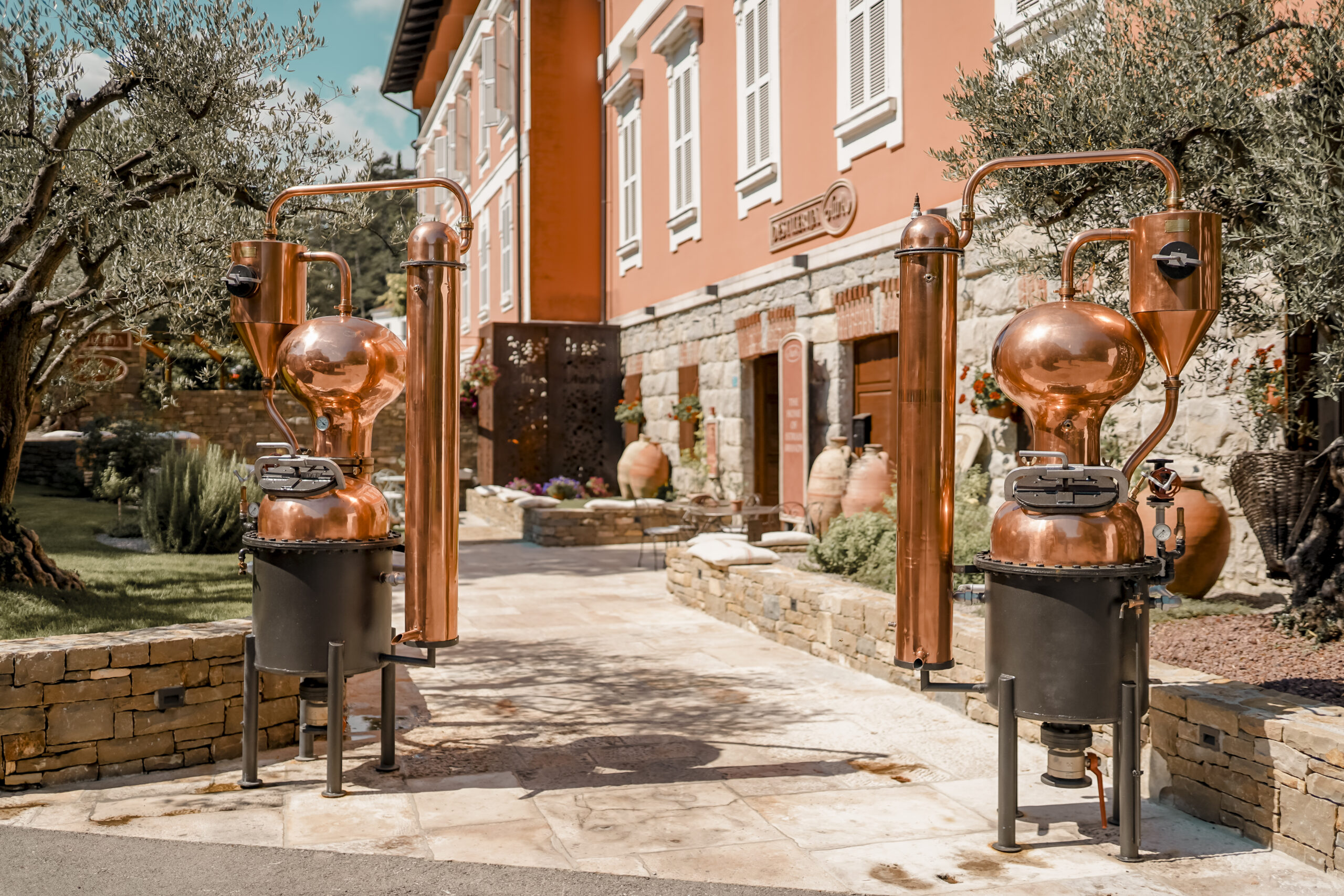 This is just a drop of all the things you can see and experience in small but very diverse Istrian region. Its location also gives you an opportunity to easily explore Slovenia and north Italy, as well as other parts of Croatia- Islands of Brioni, Cres, Losinj and Krk are easy to reach.
This is just a drop of all the things you can see and experience in small but very diverse Istrian region. Its location also gives you an opportunity to easily explore Slovenia and north Italy, as well as other parts of Croatia- Islands of Brioni, Cres, Losinj and Krk are easy to reach.
How to get here and around:
Airports:
Pula airport has some international connections but mainly in summer time
Airports within 1:30 hour drive are Trieste and Rijeka
Airports within 2:30 hours drive are Ljubljana, Zagreb and Venice
Bus:
Coastal cities like Porec, Umag, Pula and Rovinj are well connected by bus lines from other parts of Croatia, Italy and Slovenia. To inland Istria there are bus connections but they are not always daily and more planning is needed if you want to go around by bus
Car:
Due to relative lack of public transportation outside of main cities, car is the best way to get around.
Accommodation:
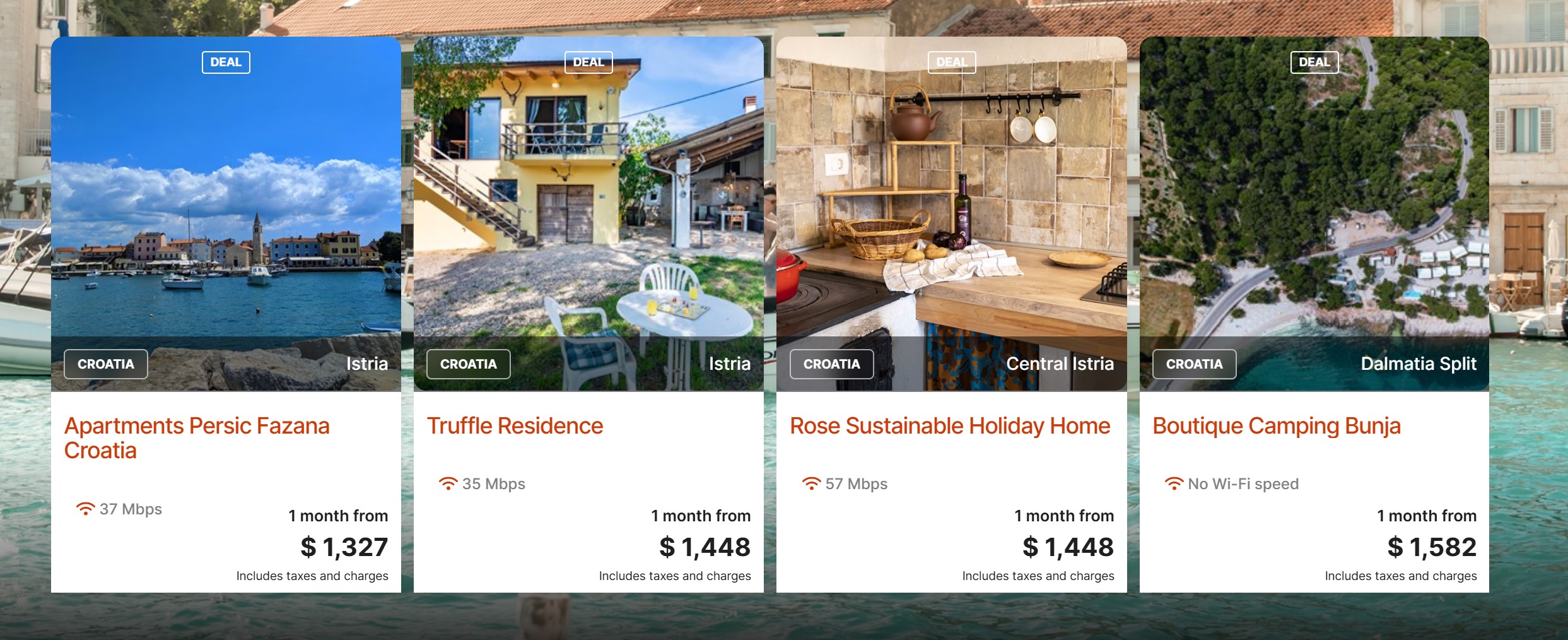 Istria offers plenty of accommodation opportunities: from camping sites, apartments, farm stays to villas and luxury hotels. I would recommend to look for inland apartment of farm stay as they are more charming, authentic and often better value than coastal area. It is also way more scenic and peaceful because inland is not as touristic as coast and where you really experience the culture at its best. If you come by car or rent a car locally it is easy to get around and wherever you are in Istria furthest from the beach you will be is not more than 30-40min drive (If it is a beach that you want) and any site is no more than an hour away. Roads are good and safe.
Istria offers plenty of accommodation opportunities: from camping sites, apartments, farm stays to villas and luxury hotels. I would recommend to look for inland apartment of farm stay as they are more charming, authentic and often better value than coastal area. It is also way more scenic and peaceful because inland is not as touristic as coast and where you really experience the culture at its best. If you come by car or rent a car locally it is easy to get around and wherever you are in Istria furthest from the beach you will be is not more than 30-40min drive (If it is a beach that you want) and any site is no more than an hour away. Roads are good and safe.
Come and explore why Romans called this part of the world Terra Magica (Magic land).
This article was written and contributed by Zeljka Galik Cimic – Travel expert and Local Ambassador with Nomad Stays
Photos Supplied by the tourism Board of Istria with Zeljka
